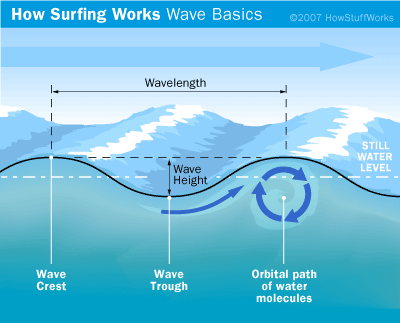Please read the conditions carefully.That figure is wrong according to the setup you describe.
The value of .714c is positive and so is A's velocity relative to Earth, so don't know why you conclude they're going in opposite directions. You've applied the formula incorrectly, so you're getting these wrong answers. You got -.714 in the post prior, by again applying the formula incorrectly.
Really, it isn't hard. u is 0.2. v is 0.8, per your description. Try plugging in those values.
w is the velocity of B relative to the A ===> w=0.8C
Given "u" the velocity of A relative to the earth, "w" the velocity of spaceship B relative to A, you should find "v" the velocity of B relative to the earth.
Fifth scene:
Earth.....................................A---->u=0.2C............................B---->w=0.8C
What is the velocity v of B relative to the earth?
w = (u-v)/(1-uv/c^2) = (0.2C - v)/(1-0.2C*v/C^2) = 0.8C
0.2-v=(1-0.2v)*0.8
0.84v = -0.6
v = -0.714C, the velocity v of B relative to the earth is -0.714C, velocity direction is opposite to A. v and u are in the different direction.
But A sees B moving away at 0.8C, what happened?
You can see different u and different w, v can get different directions, which is very interesting.
For another example:
Earth.....................................A---->u=0.2C............................B---->w=0.1C
if u=0.2C,w=0.1C
w = (u-v)/(1-uv/c^2) = (0.2C - v)/(1-0.2C*v/C^2) = 0.1C
0.2-v=(1-0.2v)*0.1
0.98v = 0.1
v = 0.102C, v and u are in the same direction.
u,v,w are defined in the formula gave by Janus.
u is A to earth
v is B to earth
w is B to A
Last edited:



